HORS-SITE, DURABLE, INNOVANT
HORS-SITE, DURABLE, INNOVANT
Chez BuildUp, nous croyons qu’une construction durable peut transformer le secteur. Nos méthodes hors-site combinent rapidité, qualité et respect de l’environnement pour répondre aux défis de demain.

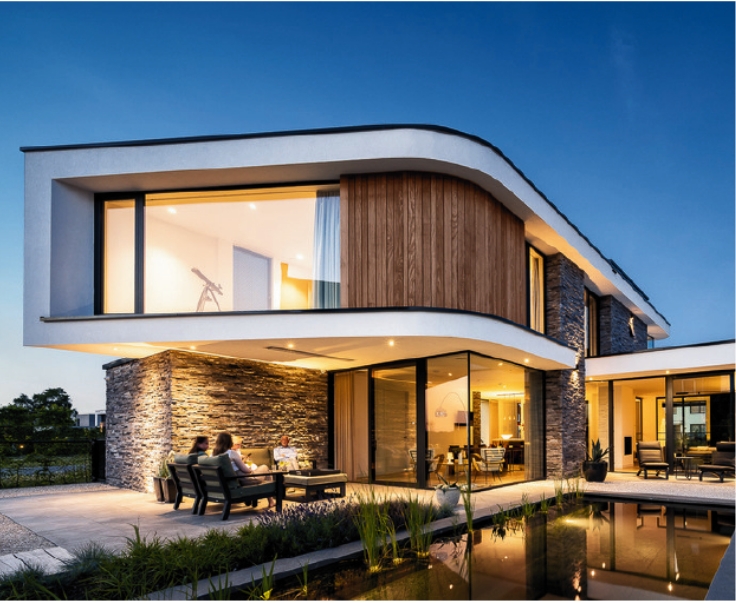

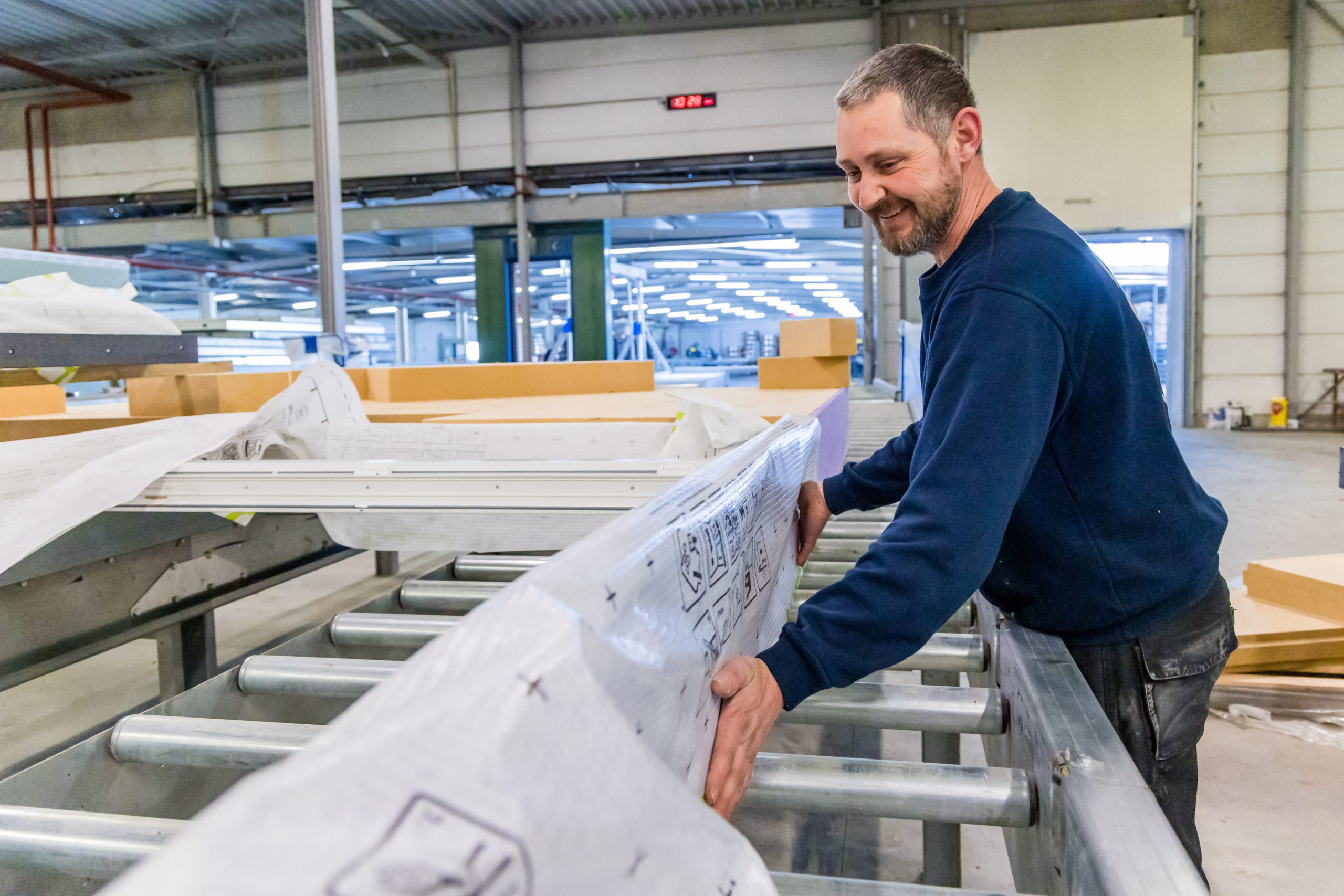
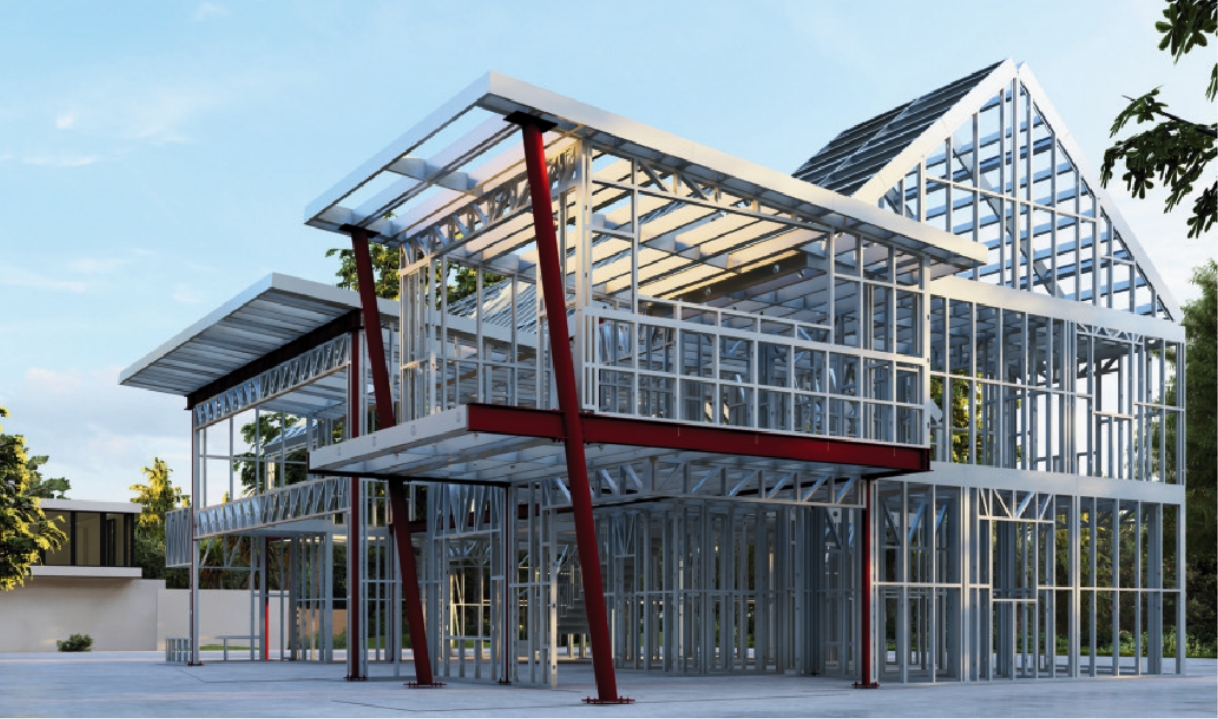


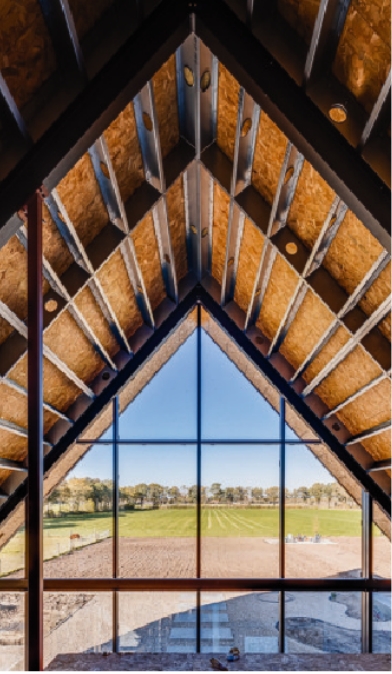
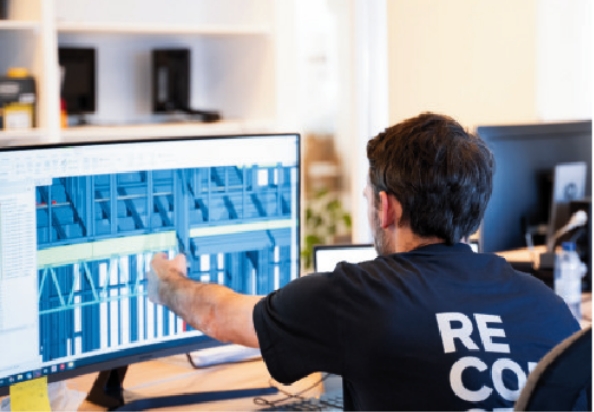
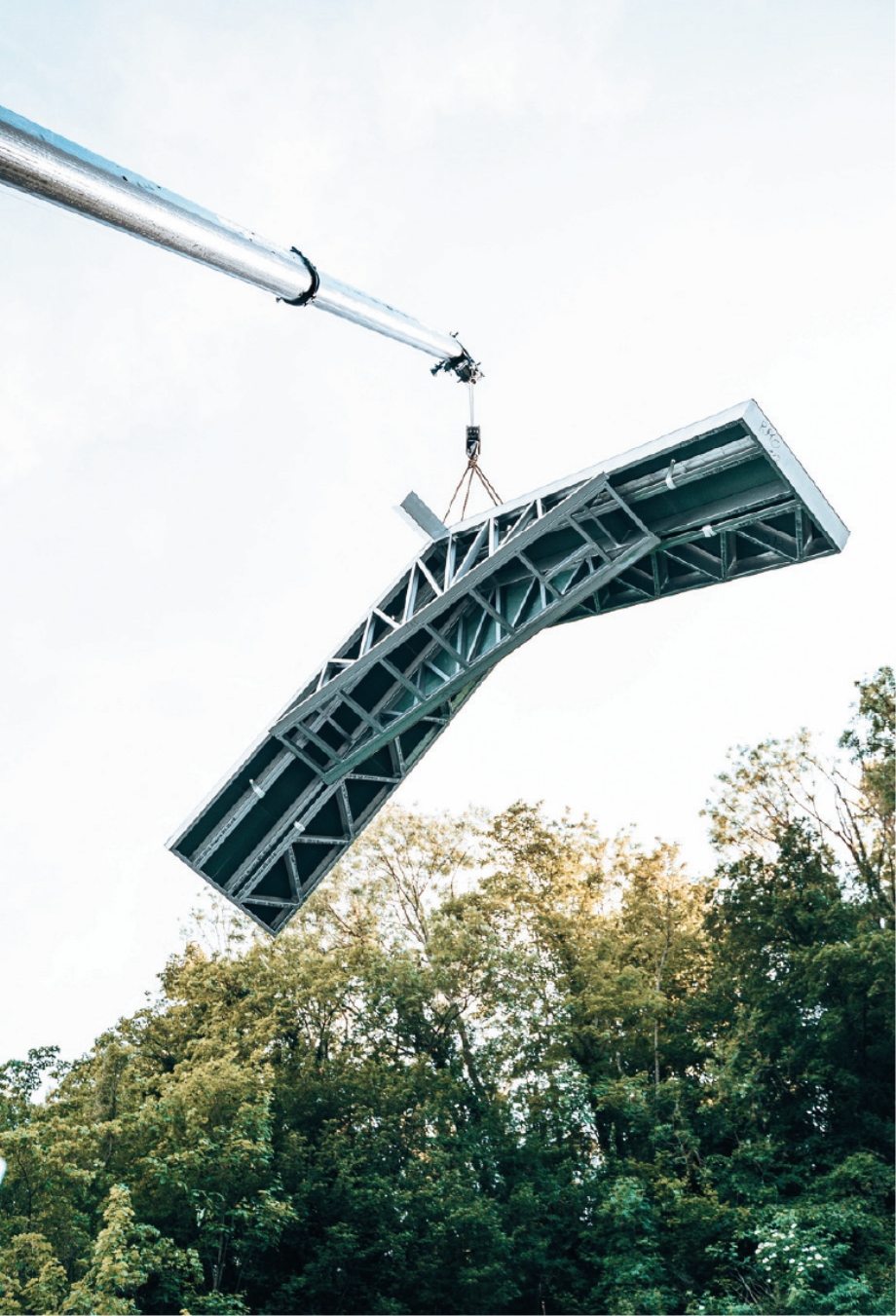

La technologie a transformé notre monde, révolutionnant tous les aspects de nos vies… sauf un : la construction.
Il est donc temps d’impacter le changement. Avec des solutions innovantes comme la construction hors site et modulaire, les ossatures en acier léger et la rénovation énergétique, nous construisons et souhaitons impacter notre secteur de manière durable et efficace.
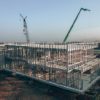
Nos divisions beSteel et Retrofitt nous permettent aujourd’hui de cibler la construction et la renovation, de travailler sur les problèmes de densification urbaine, de surélévation, d’être à la fois un acteur pour les professionnels de la construction mais aussi pour les acteurs des changements environnements et vous.

BUILD
LIKE NEVER BEFORE
beSteel est votre fournisseur d’ossature en acier léger, offrant une production hors site rapide, precise, circulaire et innovante, de la conception à la livraison, conformes aux normes les plus strictes.

RENOVATE
LIKE NEVER BEFORE
Expert en matière de rénovation de bâtiments à haute efficacité énergétique, fournissant des éléments préfabriqués sur mesure pour les murs et les toits, basé sur le concept EnergieSprong.
Pendant des décennies, construire une maison revenait à transporter des matériaux sur site et à tout démarrer de zéro – un processus lent, imprévisible et tributaire des aléas météo et de la coordination des équipes.